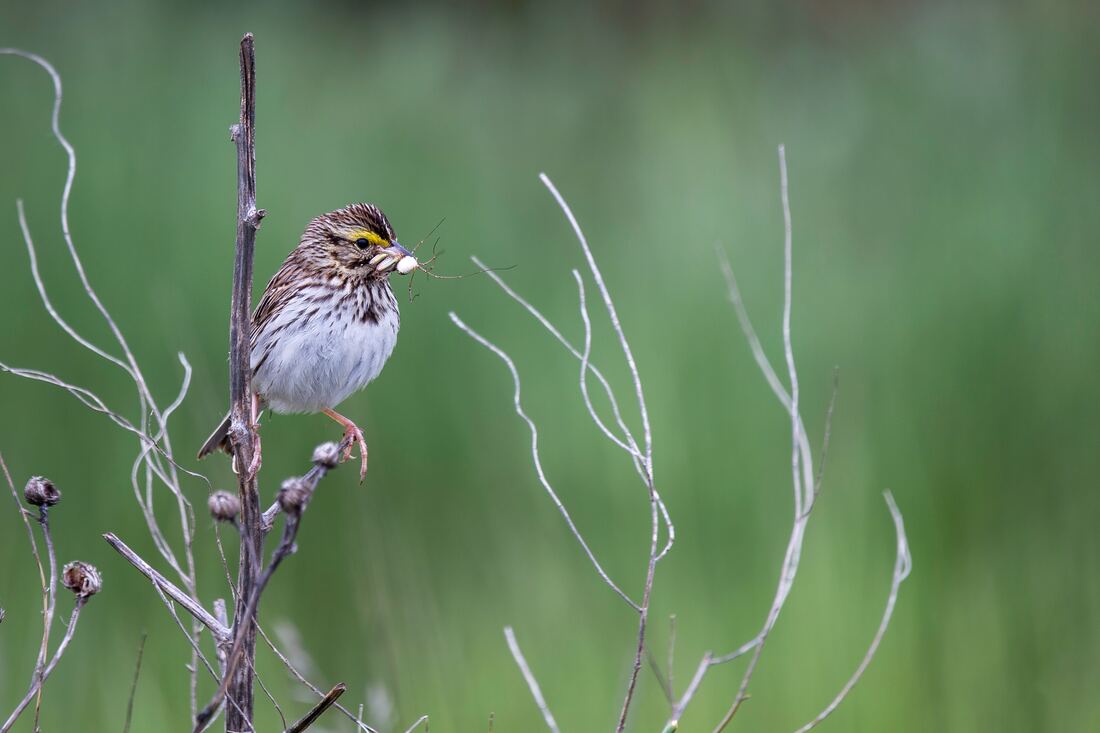The Second Garden
|
We can choose plants that look nice but who's coming for dinner? If we select the right plants, pollinators of all kinds will show up. This is the second garden.
Remember that flower heads will provide birds with seed. However, birds have more complex food needs. They rely on insects for a higher protein content, especially as they raise their spring clutch. The proper native vegetation will be a source of insects, that birds forage in to get that key nutrition. Ecological landscapes allow you to create a garden within a garden. This is why I lean towards planting native, but am not a purist. |






